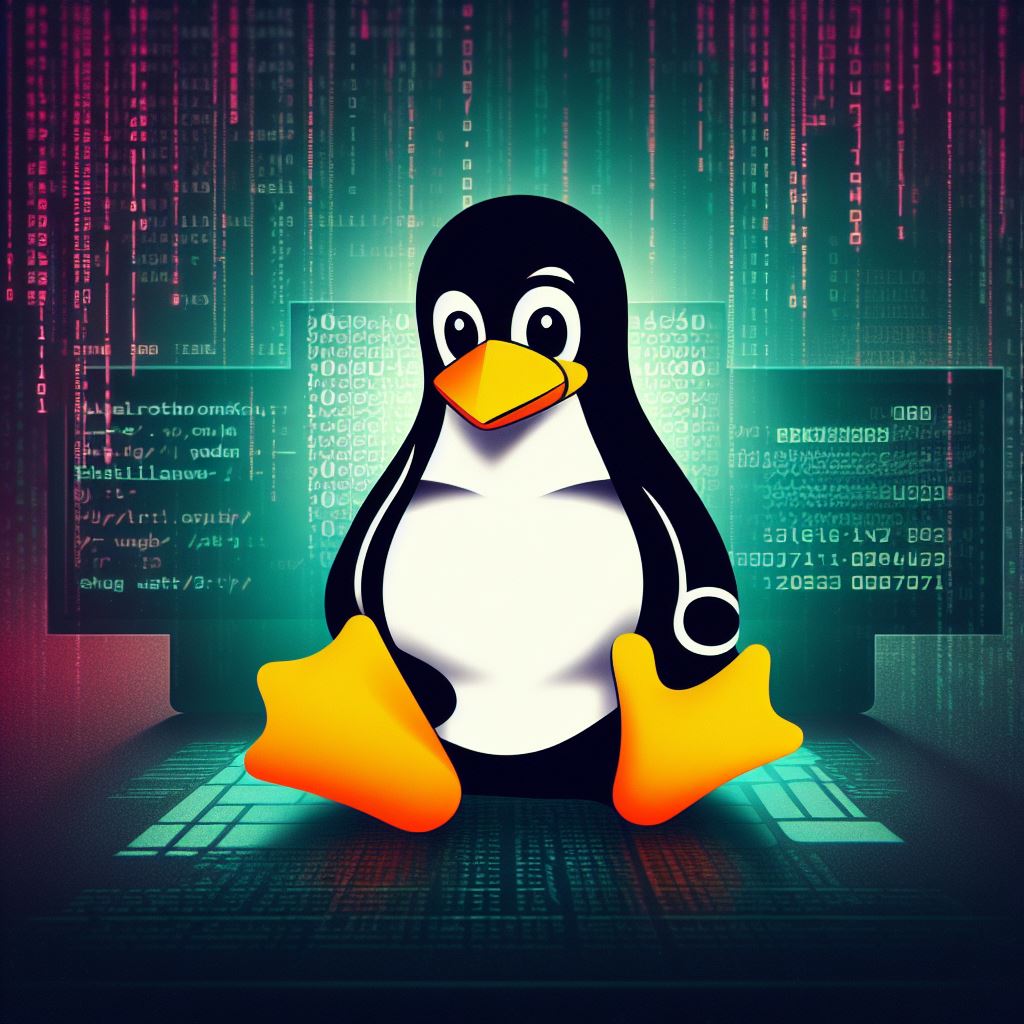In the world of operating systems, Unix and Linux command significant attention. However, a common misconception often arises – that Unix and Linux are the same. This article aims to dispel this myth and shed light on their distinct characteristics.
The Genesis: Unix
Unix was born in the labs of AT&T’s Bell Labs back in the 1970s. It was developed by Ken Thompson, Dennis Ritchie, and others. Designed to be a simple, flexible system, Unix made a significant impact on other operating systems. It was written in C language which made it portable across machines.

The Advent of Linux
Fast forward to 1991, when Linus Torvalds, a student at the University of Helsinki, created Linux. Linux is a Unix-like operating system, but it is not Unix, although it emulates its functionalities. It was created to be free and open-source, allowing anyone to modify and distribute it.
Distinguishing Features
While both Unix and Linux share common commands and features, they diverge significantly in terms of cost, users, and licensing. Unix, primarily used in servers, mainframes and workstations, is proprietary with different versions like Solaris (Oracle), AIX (IBM), and HP-UX (Hewlett Packard). On the other hand, Linux, used in a wider range of devices, is free and open-source.
In Conclusion
In essence, while Unix and Linux share a common heritage and similarities, they are not the same. Understanding their differences is crucial in appreciating the diversity and evolution of operating systems. So, the next time someone confuses Unix with Linux, you’ll know how to set the record straight!
References:
- Ritchie, D. M., & Thompson, K. (1974). The UNIX Time-Sharing System. Bell System Technical Journal, 57(6), 1905-1929.
- Torvalds, L., & Diamond, D. (2001). Just for Fun: The Story of an Accidental Revolutionary. HarperCollins.
- Oracle Corporation. (2010). Oracle Solaris. Oracle.
- Stallman, R. (2002). Free Software, Free Society: Selected Essays of Richard M. Stallman. GNU Press.











